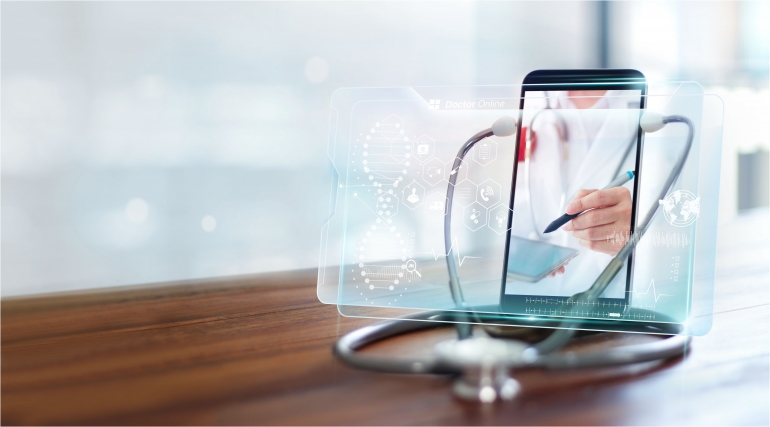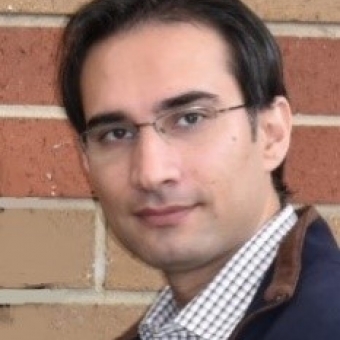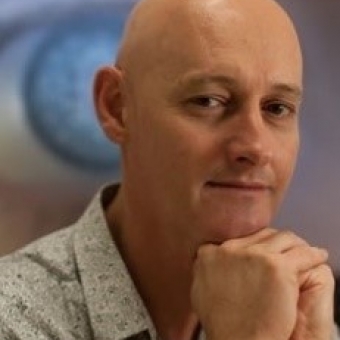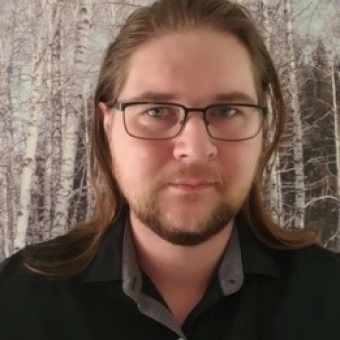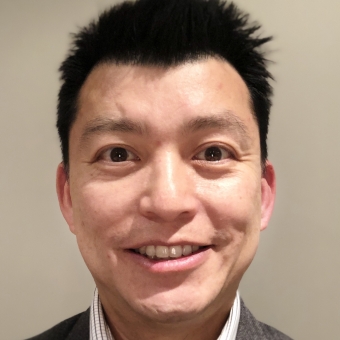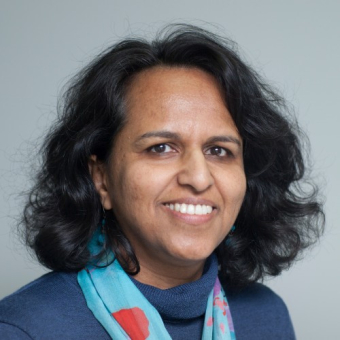We aim to develop technologies for self-care and remote care for the chronically ill, elderly, and those patients located at an untenable distance from primary or specialty providers.
VIP Snapshot
VIP ChallENG research goals
We will develop and validate wearable and smartphone-based technology to be used in the monitoring of chronically ill patients and the elderly. This technology will monitor weight, oxygen saturation, lung function, medication adherence, blood pressure, exercise regime, heart rhythm and lifestyle changes, with the aim of reducing the rate of hospital re-admission.
The Connected Health VIP is supported by the Tyree Foundation Institute of Health Engineering (IHealthE). IHealthE is engaged in translational research and education under five themes. The first theme that has been launched is ‘Connected Health’, which inspired the work of this VIP project on stroke. For more information on IHealthE view HERE
- Wearable electronic devices
- mmWave radars
- Infrared sensors
- Bio-signal processing
- Clinical decision support systems
- Predictive analytics, machine learning and deep learning
- Software design
- Smartphone application development
- Biomedical Engineering
- Electrical Engineering
- Computer Science and Engineering
- Software Engineering
- Artificial Intelligence
- Medical Science Integrated Learning Program
Explore the Connected Health sub-teams
Students will be divided into the teams below. Each team needs to perform a literature review first to become familiar with the current literature, and later they will collaborate with academic leads as well as Software Engineers who work with our team to complete their tasks.
Developing an AI-based support system to automatically detect patients’ exacerbations at an early stage and engage the clinical care team as required, and incorporating it as a function into an existing backend server.
Developing an examination system by incorporating a videoconferencing feature to an existing smart-phone app-based telehealth system to support online medical sessions and enable patients to perform measurements under the real-time guidance of doctors and receive feedbacks from them.
Developing a cloud-based unobtrusive system (hardware and software) to detect human activities and identify falls as anomalies in real-time using mmWave and infrared sensors while maintaining personal privacy.
This team will develop wearable sensor systems that can detect, characterise, communicate and analyse vital human health biosignals.
The system will consist of tactile sensors that are ultra-sensitive, flexible and wearable; integrated power sources; on-board data capture and storage; a communications protocol; and a software system.
Providing simple, accessible methods for questionnaire and questionnaire response generation and retrieval such that they are reusable across various health domains.
